Anything impure can cause damage to anyone. Such as -Impure water can cause lots of internal health issues for countless people. So, cleaning the water becomes necessary in order to get consumed by the local people. In order to clean up those impurities from that water, it gets filtered using various filtering equipment and in the end, the water becomes pure and can be consumed by general people without any hesitation.
Just like water, a perfect photograph also needs to be filtered while capturing it. So that it can remove all its impurities, which is forcing the photograph to look unnatural and dull. To cancel out different types of impurities or flaws from a different photograph while capturing them, Filters are put on use. These filters are usually connected with the lenses to apply different effects to the photograph. This effect increases the charisma of the photograph and takes it to a different higher level.
In this very article, we are going to describe a few Filters used on the lenses of a camera, which can make a photograph taken by an amateur, look utterly Professional.

Types of filters
To start from scratch, one thing you need to know about these external filters is that they are of two different kinds. These are:-
1. Screw-in Filters
These filters fit straightforwardly on top of your lens, in the threads. Just spin the filter on the threads on top of the camera lens and your filter will get fixed on the camera. Every screw-in filter has a specific size or width, so the more lenses with the different sizes you have the more filters you’ll need. Screw-in filters are best, they make polarizer and UV filters easy to change in and out.

2. Slot-in Filters
In this type of filter, a holder is placed on the front side of the lens and the filters are placed on that holder. The holder usually has interchangeable sides so that any size of the filter can be placed on it for any size of a lens. The holder normally has three or four channels, so you can easily put more than a single filter in the holder. The main benefit of the slot-in filter is that you can insert or take off filters quite rapidly plus better filters can work on shorter, minor lenses.
The next thing you need to know about filters is that they have different types of functions. I mean each type of filter performs a different specific function. There are different ranges of lenses that have different functions. Below, we will illustrate those lenses and their functions.
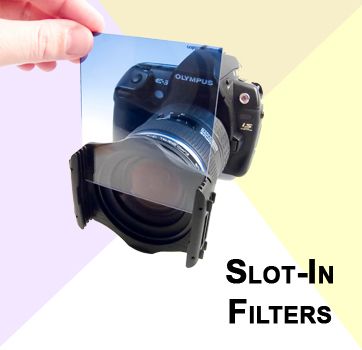
Range of Lenses
A. Polarizing Filter
This filter can be used to darken excessively radiant skies. It enhances the contrast between clouds and the sky. It reduces atmospheric vapor as well as mirrored sunlight. The most distinctive function of a Polarizer is to get rid of reflections from water and glass or any transparent object.
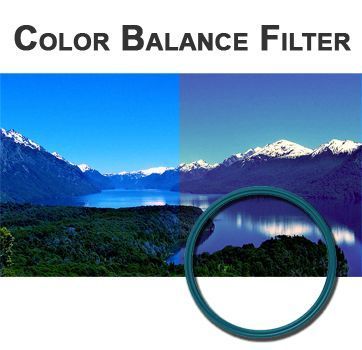
B. Color Balancing Filter
A color-balancing filter is used to influence a change in the light sources. Though you can use a Color Balancing filter to balance various differences in the photographed color of light the 85B (warm-up/orange filter) and the 80A (cool-down/blue filter) are the two standard filters for reimbursement for color balancing. These filters are mostly used by photographers to apply artistic effects to the photos.
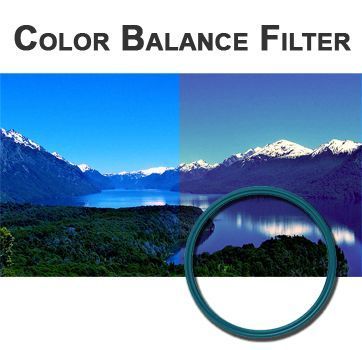
C. Neutral Density Filter
This filter effectively reduces the amount of light entering the lens and helps to control the exposure accurately according to the need. This also gives a soft motion blurring to the subjects. This type of filter gives the best performance if it gets used for natural photography like Skyscape or Landscape.

D. Soft Focus Filter
This filter does as it sounds. It efficiently produces a soft focus on the subject and makes it look very expressive. This type of filter is mainly used for close-up photographs and it also suits architectural photography too
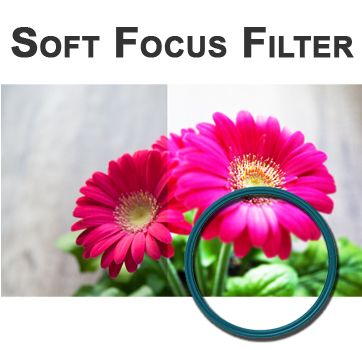
E. FUV Filter
This filter is transparent, the main function of it is to reduce the percentage of Ultra Violet rays entering the camera lens. This also reduces the haziness of the atmosphere and makes the photographs look dynamic.
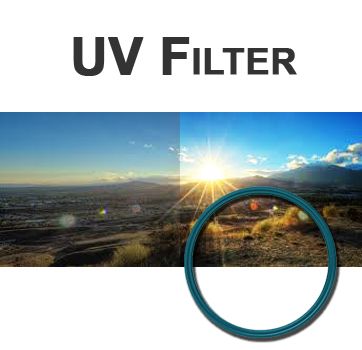
F. B&W Filters
There are several filters available for photo shooting in B&W mode. Each filter has a different color and highlights those colors effectively. And makes the B&W photos look utterly professional.
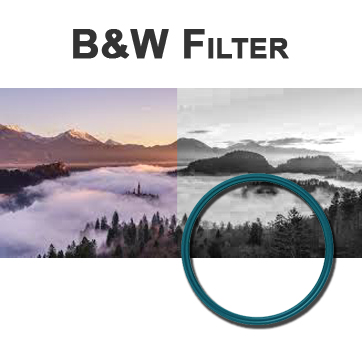
Conclusion
Filters are very widely used by all types of photographers whether they are amateur or professional. They take out the actual colors from the photographs and make them look completely outstanding. As far as I know, these filters can change the quality of the photographs drastically. And can effectively clean up the photograph from its impurities.
